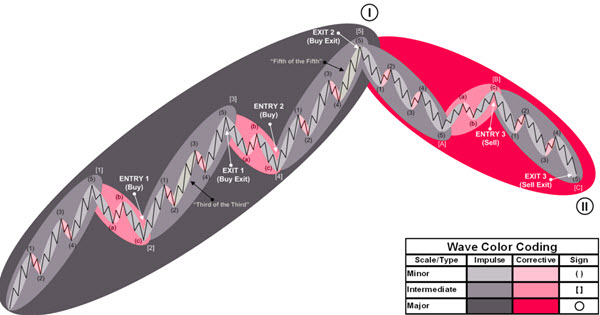Foreign exchange trading is a highly attractive option for those looking for a convenient way to boost their income. Thanks to online brokers, it can easily be done from home, and you don’t need to put in a large investment to make a profit. However, there are a few Forex trading secrets you need to know before you jump into the world of Forex trading.
Educate Yourself
Technical terms and industry techniques come with the territory of the Forex market. If you want to start trading, become familiar with the basics of the industry before you even start looking at brokers. Make time to educate yourself, and you’ll be better at analyzing market trends and making smart decisions. You may even want to sign up for a short class on currency trading.
Practice Makes Perfect
A thorough grounding in Forex trading is only half the job, however. Before you put your real money on the line, it’s wise to practice in real time with the demo accounts offered by some online brokers. This will give you a feel for what actual trading will be like. Don’t rush through this step: take as long as you need until you’re completely comfortable with the setup.
Choose Your Broker with Care
Your choice of broker can make or break your career in currency trading. It may seem difficult to pick one of the many firms that have set up shop on the internet, but all you really need is common sense. Stay away from companies that guarantee huge profits in return for minimal effort on your part. Instead, choose an established broker that’s been around for a few years, and offers realistic projections about your earnings. Whatever choice you make, always be sure to check what sort of reputation a broker has among other traders before you sign up.
Patience Will Pay Off
You must understand that Forex trading won’t make you rich overnight. Planning, consistency, and smart money management will help you earn a tidy profit, but the results will be seen over time. It may take weeks or months before the real earnings start coming in. Patience and discipline will pay off as you weather fluctuations in the market that leave other newbies floundering.

